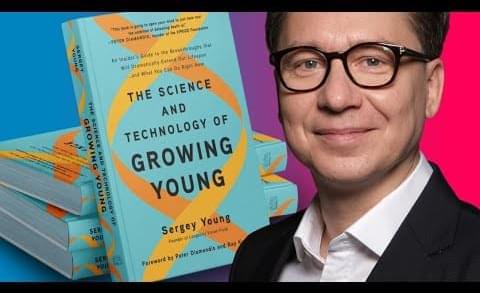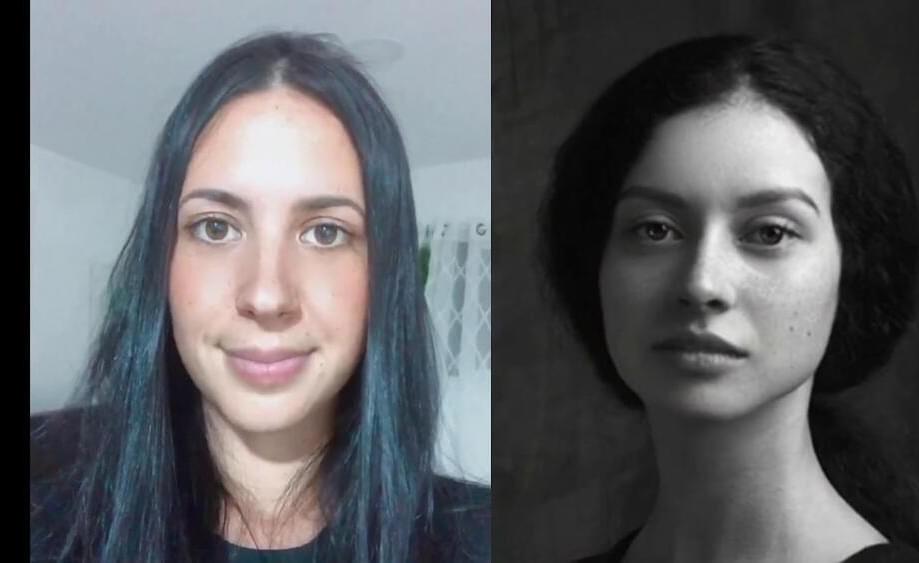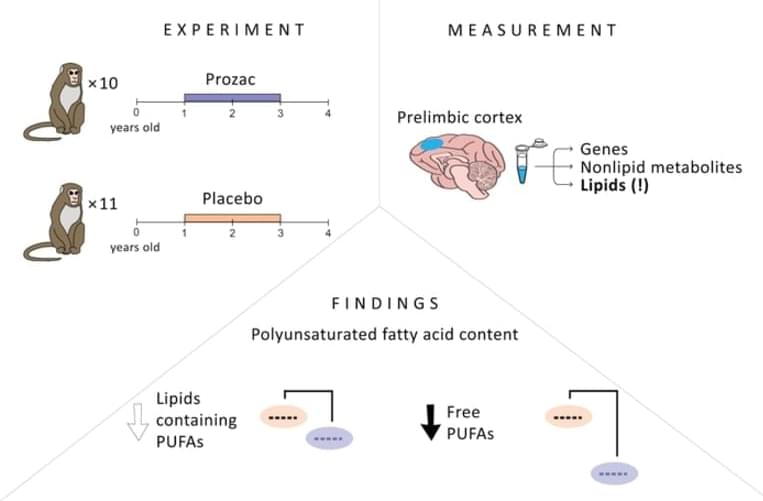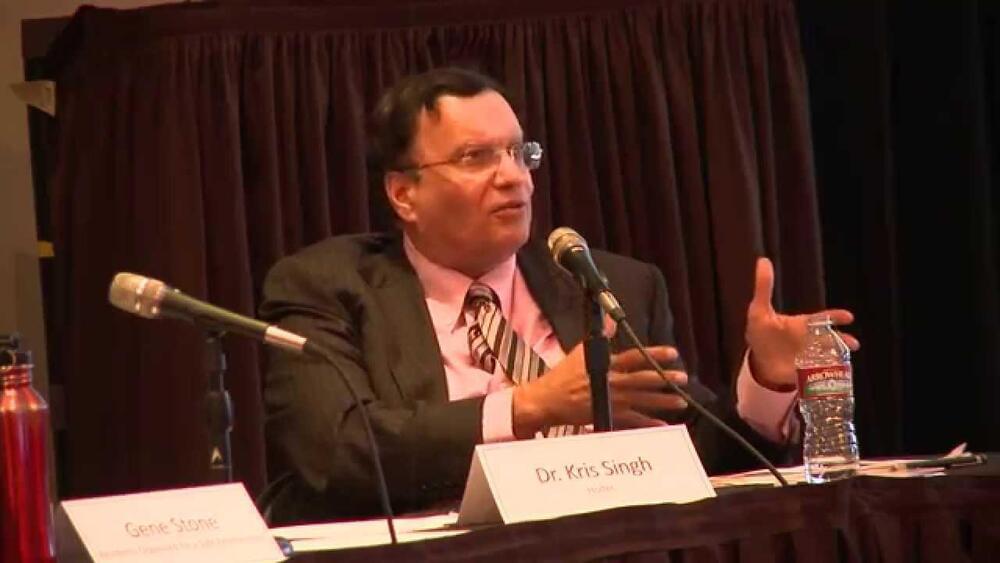That’s one breathtaking view.
The James Webb Space Telescope is scheduled for launch on October 31. It will help scientists hunt for alien life on exoplanets and look to the beginning of time.
In 2,024 NASA is scheduled to return humans to the surface of the Moon with the Artemis III mission. One year before that, Artemis II should circle the satellite without touching down. Both missions are to be crewed by experienced astronauts. But not the dearMoon mission, which will carry civilians to the Moon and back on SpaceX hardware.
Novel Cultivated Meats For Earth (And Space!) — Dr. Neta Lavon Ph.D., CTO / VP of R&D, Aleph Farms.
Dr. Neta Lavon is the Chief Technology Officer (CTO) and Vice President of R&D at Aleph Farms (https://www.aleph-farms.com/), a cultivated meat company that is shaping the future of food by growing high-quality, slaughter-free beef steaks directly from cow cells, preserving natural resources, and avoiding the use of antibiotics.
Dr. Lavon is an expert in stem cell applications in biotechnology. In her previous position as the COO of Kadimastem (KDST), she developed cell therapy products from stem cells for ALS and Diabetes.
As a researcher in Cedars-Sinai in Los Angeles, USA, Dr. Lavon established and banked 25 novel pluripotent stem cell lines.
Dr. Lavon holds a PhD, an M.Sc. in Biotechnology and B.Sc. in Food Sciences from the Hebrew University, Israel.
Out today.
Sergey Young is a longevity investor and visionary with the XPRIZE his mission to extend healthy lifespans of at least one billion people. To do that, Sergey founded Longevity Vision Fund to accelerate life extension technological breakthroughs and to make longevity affordable and accessible to all.
Today Sergey is launching his new book! : “The Science and Technology of Growing Young.” https://www.amazon.com/Science-Technology-Growing-Young-Brea…atfound-20
Watch more videos with Sergey on his Youtube Channel.
https://www.youtube.com/channel/UCaBpzdvA76UpZ72_Env-ZFw.
In this interview, Elena Milova of Lifespan.io is discussing with Sergey his work and the practical tips from the book to help readers live longer healthier.
The ‘Joker’ virus hides in several apps on the Google Play Store and the user does not realize it until their bank accounts are emptied. See how this malware operates and what are the dangerous applications.
In September 2,020 the ’Joker’ virus was found in 24 Android applications that registered more than 500 thousand downloads before being removed. It is estimated that that time it affected more than 30 countries including the United States, Brazil and Spain. Through unauthorized subscriptions, hackers could steal up to $7 (about 140 Mexican pesos) per subscription weekly, a figure that has most likely increased in recent months.
How does the Joker virus work in Android apps?
The ’Joker’ Trojan virus belongs to a family of malware known as Bread 0 whose objective is to hack cell phone bills and authorize operations without the user’s consent.
Israeli synthetic media startup D-ID wants to disrupt production of Hollywood movies with artificial intelligence.
Some highly speculative ideas how life may spread in the galaxy, for more info see.
There is even more to the astrobiological potential of rogue planets, however. Not only could they hold microbial life bottled up in their subsurface, they may be able to distribute life throughout the galaxy. In our paper we suggest two ways that this kind of panspermia might occur.
If a wandering planet passes close to a habitable rocky planet within a solar system, the outer layer of the rogue planet might be torn apart by gravitational disturbances, and the resulting debris could end up on the habitable world. Dormant life that had been trapped in the icy shell of the rogue planet may become active again and establish a biosphere on the receiving planet.
Alternatively, the two planets could collide, or come close to colliding. This is generally believed to have a sterilizing effect, as when a Mars-sized object (probably a rogue planet!) collided with the early Earth, resulting in the creation of our Moon. But the distribution of energy and matter during such an event would be very uneven, and some localities might not experience temperatures high enough for sterilization. A common atmosphere may even form, which I think was the case for early Earth and Moon shortly after the cataclysmic impact. Some (dormant) microbial life may survive suspended in such an atmosphere for a long time, before eventually settling down when the surface has cooled off and become more habitable again.
Lipids are abundant in the brain, where they are found not just in the cell membranes of neurons, whose properties they modulate, but also in the so-called myelin sheaths insulating axons — the brain’s ‘wiring.’ The brain is therefore a surprisingly ‘fat’ organ — in fact, it is nearly 60% fat, the study’s first author, Anna Tkachev from Skoltech, said.
Summary: Prozac reduced polyunsaturated fatty acid lipid concentrations in the brains of juvenile macaque monkeys.
Source: Skoltech
Skoltech researchers and their colleagues from Russia, Germany, and the U.S. have found Prozac to reduce lipid concentrations in juvenile macaques who received the antidepressant for two years, compared to a control group of untreated animals.
While none of the monkeys in the study were depressed, the findings still offer a plausible biochemical explanation for the drug’s side effects, particularly in young patients. The paper was published in the International Journal of Molecular Sciences.
You may not want to live near areas like this in the country.
“The problem you have here is that the NRC is simply not doing its job as a regulator. So what it has done is allowed the industry to basically determine the conditions under which this material is stored on a temporary basis across the country,” echoed retired Rear Admiral Len Hering, who served more than 30 years in the US navy and was awarded a2005presidential award for leadership in federal energy management from President George W Bush.
The San Onofre reactors are among dozens across the United States phasing out, but experts say they best represent the uncertain future of nuclear energy.
“It’s a combination of failures, really,” said Gregory Jaczko, who chaired the US Nuclear Regulatory Commission (NRC), the top federal enforcer, between2009and 2,012 of the situation at San Onofre.
That waste is the byproduct of the San Onofre Nuclear Generating Station (Songs), three nuclear reactors primarily owned by the utility Southern California Edison (SCE).









